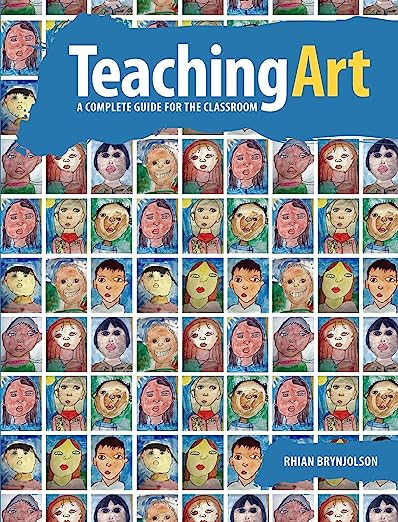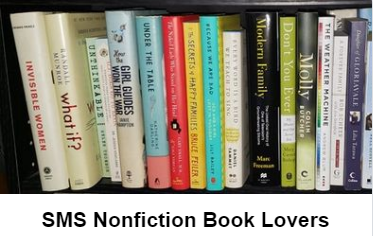A book review of Teaching Art: A Complete Guide for the Classroom by Rhian Brynjolson
Stars: *****
Portage & Main Press (2010)
Education>Art
328 pages
Disclosure: I received a copy of this book in exchange for an honest review. This post contains affiliate links.
Summary: Teaching Art: A Complete Guide for the Classroom is an accessible and clearly written guide for integrating visual art into classroom practice. Revised and expanded from the author’s previous bestselling resource, Art & Illustration, Teaching Art incorporates new developments in art education. Throughout the book, you will find suggestions for extending and adapting art exercises to meet the needs of both your students and the curriculum.
Teaching Art is written for classroom teachers, art education specialists, childcare workers, artists working in schools, parents who home-school their children, and school administrators. It can also be used as a university textbook for Education students. The book provides a framework for teaching art in a way that is integrated with regular classroom practice and mindful of current art curriculum outcomes. Although the book focuses on art for students from pre-school to grade eight, Teaching Art is also useful to art specialists at the high-school level who are looking for new strategies or project ideas to add to their established secondary programs.
Teaching Art
This is the ultimate guide to teaching art in a classroom setting. I’m using it as a homeschool resource though. The first two chapters are about setting up an art focused classroom and basic ideas about art education. Even if you are not specifically an art teacher this will still be helpful.
The rest of Part 1 is about visual literacy, (What it is, why it matters and how to teach it,) and assessment.
“We live and work within a constructed environment. Our buildings, furniture and tools are the works of architects and designers. Even though we are not always conscious of doing so, we are constantly responding to visual forms.”
pg 37 Teaching Art
Not Scripted
It’s important to note that this isn’t a scripted book. It doesn’t say Lesson 1, here is what to say and what to do. It’s more of a guide but includes lots of guidelines and suggestions for how to support the student and how to get the student to learn the basics of art.
In the Learn to Draw section for example we are introduced to the elements of design. After the tips for successful drawing classes there are tips for each element of design. For example the first one is shape. Shape is explained and then techniques for learning shape are shown.
Art Examples
Throughout the whole book there are examples of children’s art spanning every age group. They are in colour (if they were made with colour) and their name and age are included. I love this because it shows there is no wrong when it comes to art, only learning and growing.
There are tips throughout the book and a few spots where it mentions books to have handy as resources. In a few spots there are vocabulary to learn. An appendix is included for definitions. This book can be used for elementary or highschool.
Included
Included are the following chapters: learning to draw, composition/illustration/graphic design, working in colour (learning to paint, colour theory, watercolour, print making etc), sculpture (clay, ceramics, masks, puppets etc) and multimedia (photography, video etc).
I recommend this book for art teachers or anyone who teaches art. However it’s also a valuable resource for homeschoolers.
Buy Teaching Art from Amazon.com and help support the blog.
Find Teaching Art at Goodreads.









